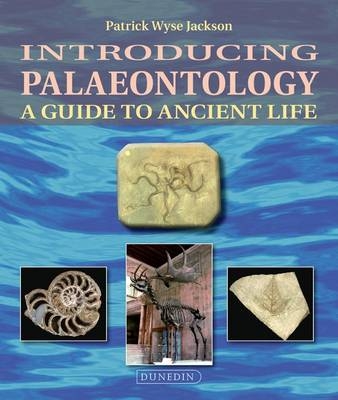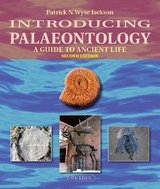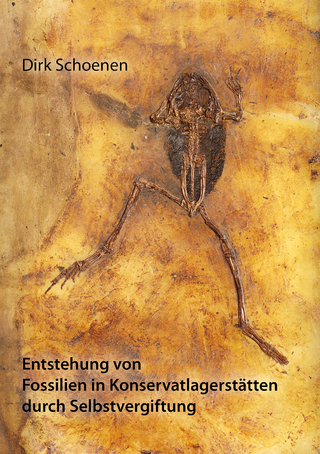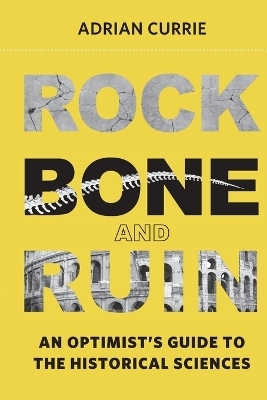
Introducing Palaeontology
Liverpool University Press (Verlag)
978-1-906716-15-8 (ISBN)
- Titel erscheint in neuer Auflage
- Artikel merken
Patrick Wyse Jackson is a Senior Lecturer in Geology and Curator of the Geological Museum at Trinity College, Dublin.
Part 1: the science of palaeontology; 1.1 Preface: the fascination of fossils; 1.2 A chancy business: the preservation of fossils; 1.3 From the field to laboratory: how to collect, curate and study fossils; 1.4 Code of conduct for fossil collectors; Taxonomy: how to classify and identify fossils; 1.6 Uses of fossils; 1.7 Fossil Lagerstatten: exceptional preservation of fossils; 1.8 Early ideas on the nature and significance of fossils. Part 2: Fossil Groups. 2.1 Algae and vascular plants; 2.2 Unicellular animals: Foraminifera and Radiolarians; 2.3 Sponges; 2.4 Cnidiria; 2.5 Bryozoans; 2.6 Molluscs; 2.7 Brachiopoda; 2.8 Echinoderma; 2.9 Arthropods; 2.10 Graptolites; 2.11 Conodonts; 2.12 Fishes; 2.13 Tetrapods and Amphibians; 2.14 Reptiles; 2.5 Birds; 2.16 Mammals; 2.17 Hominids and Hominins; 2.18 Trace Fossils. Glossary.
| Erscheint lt. Verlag | 23.9.2010 |
|---|---|
| Reihe/Serie | Introducing Earth and Environmental Sciences |
| Illustrationen | John Murray |
| Zusatzinfo | colour illustrations throughout |
| Verlagsort | Liverpool |
| Sprache | englisch |
| Maße | 164 x 195 mm |
| Gewicht | 295 g |
| Themenwelt | Naturwissenschaften ► Geowissenschaften ► Mineralogie / Paläontologie |
| ISBN-10 | 1-906716-15-3 / 1906716153 |
| ISBN-13 | 978-1-906716-15-8 / 9781906716158 |
| Zustand | Neuware |
| Haben Sie eine Frage zum Produkt? |
aus dem Bereich



